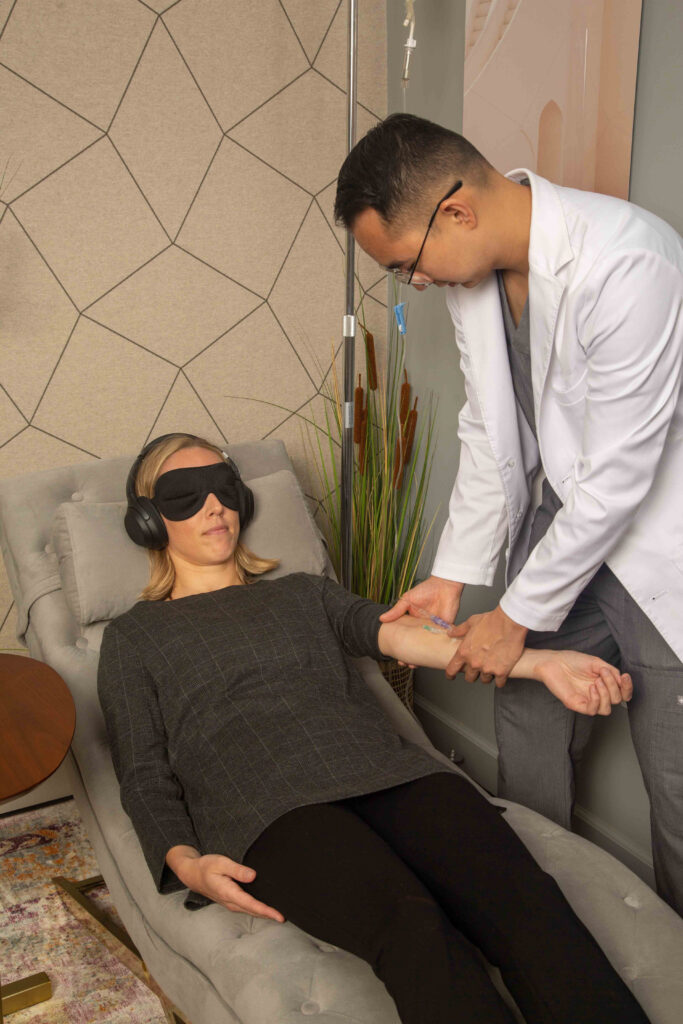The season of SAD is here. Scarce sunlight and colder temperatures are the catalysts for increases in feelings of depression among nearly 10% of the U.S. population. Alongside the rise of therapy speak, seasonal depression has become a term commonly—and casually —used throughout the winter season. In fact, the term has become so common and casual that it is easy to downplay (or overplay) its effects.
What is seasonal depression?
Seasonal depression, or seasonal affective disorder (SAD) refers to a recurrent pattern of noticeable depressive symptoms during the winter months. Symptoms may include:
- Low energy
- Lack of interest
- Changes in sleep patterns
- Changes in weight
- Feelings of hopelessness
Recurrent is the key word to remember when thinking about seasonal depression; it’s normal to feel melancholy when darkness and harsh temperatures force you inside for days on end. But passing gloom is not the same as cyclical despondency. Seasonal depression is typically only diagnosed when someone also exhibits common symptoms of major depression, as well as repeated symptom increases during specific times of year.
Similarly, bouts of winter blues are also not synonymous with seasonal depression. The winter season—especially around the holidays—can highlight feelings of loneliness and grief. Sadness is a normal, even healthy, human emotion. But major depression, amplified during specific times of year, is a clinical mental health condition.
Why do these differences matter? Because how clinical conditions are discussed—online and in real life—can impact someone’s decision to seek support from a professional. When you see everyone on your For You Page joking about seasonal depression it becomes easier to overlook your own symptoms.
What causes seasonal depression?
Sunlight regulates several processes and chemicals in our bodies, and when that window of light narrows, everything from sleep to serotonin is affected.
Less vitamin D = Less Serotonin
The lack of daylight sparks a domino effect that results in the brain struggling to regulate mood. Here’s how:The sun’s UVB rays activate vitamin D receptors in our cells and prompt the production of vitamin D. Among vitamin D’s many vital functions in the body is the prompting of serotonin production in the brain. Serotonin is a brain chemical that acts as a mood stabilizer, so any dip in the production of serotonin can impact the brain’s ability to regulate mood.
Off-beat Circadian Rhythm
Our body’s internal clock, or circadian rhythm, operates on a 24-hour cycle and regulates hormonal activity and our sleep/wake cycle. But this internal clock is not completely independent— it is highly sensitive to our surroundings, especially the amount of light our surroundings receive. Less light exposure throughout shorter winter days can make our internal clocks go haywire as it alters when our bodies produce melatonin, a brain hormone produced to support the sleep aspect of the sleep:wake ratio. During the summer months, melatonin wears off around sunrise, which helps us rise and begin our day. But during the shorter winter days, melatonin lingers, making it harder to feel awake in the morning and throwing off our tiredness later in the day.
How to manage seasonal depression
Light is the primary culprit behind recurring feelings of fatigue and hopelessness during the winter months. But light is also one of the best solutions for overcoming depressive symptoms. The more natural light you can soak up, the better—as this will prompt the production of serotonin in your brain. If it’s impossible to get adequate sunlight during the day, light therapy is also an effective antidote. Sitting in front of a 10,000 lux light therapy box for 30 minutes every morning can actually have as great an effect on the brain as medication. According to recent studies, between 40%-60% of people experienced improvement in depressive symptoms from light therapy.
Alternative forms of therapy may also be beneficial for anyone experiencing clinical seasonal depression. Ketamine is rapidly becoming one of the most sought after interventional mental health treatments because of its ability to usher a dissociative therapeutic experience while increasing neuroplasticity in the brain. Ketamine triggers the production of specific neurotransmitters that promote the growth of new neural connections in the brain—connections that are especially integral to the creation of new thought and behavioral patterns.
Seasonal depression is real—and more common in women than men. It’s tempting to simply ride out depressive symptoms knowing that the spike in intensity will taper after a few months. But taking steps to intervene in this psychological cycle today may help you counter these effects for seasons to come.


